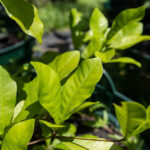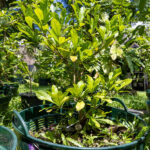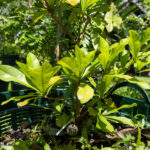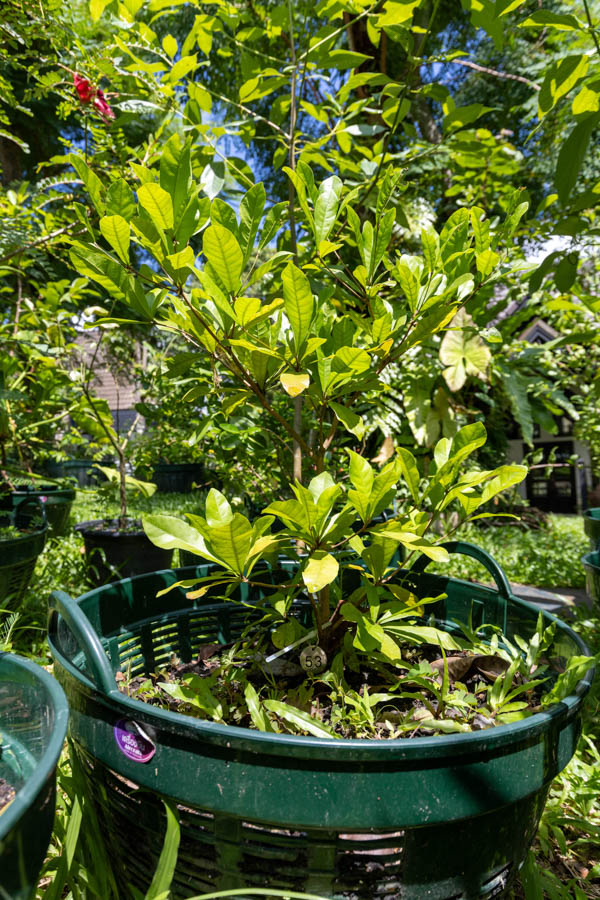มังคุด (Mangkhut) / Mangosteen
Family: Clusiaceae
Garcinia mangostana, known as มังคุด (Mangkhut) or Mangosteen, is one of Thailand’s most beloved fruit trees. It is often called the “Queen of Fruits” for its exquisite flavor and medicinal value. Beyond its sweet, white pulp, the thick purple rind has long been used in traditional Thai medicine for its cooling and anti-inflammatory properties.
Botanical Characteristics
The evergreen tree grows 6–25 meters tall, with dark green, opposite leaves and thick, leathery texture. The fruits are round, dark purple when ripe, containing juicy, segmented flesh. It thrives in humid tropical climates and requires fertile, well-drained soil.
Use in Thai Traditional Medicine
In Thai herbal medicine, มังคุด is regarded as a cooling fruit (ยาเย็น) that helps reduce fever, inflammation, and skin irritation. The rind, when dried and powdered, is used to treat diarrhea, wounds, and mouth ulcers due to its antibacterial and antioxidant compounds, including xanthones.
Culinary and Nutritional Uses
The fruit is eaten fresh or made into juices, desserts, and preserves. The rind is sometimes brewed as tea for detoxification. Rich in vitamin C and antioxidants, mangosteen supports immune health and reduces oxidative stress.
Cultivation Notes
Garcinia mangostana prefers partial shade when young and consistent watering. It takes several years to bear fruit but can remain productive for decades. In the KBE Thai Medicinal Herb Garden, it is cultivated as both a medicinal and symbolic tropical species.
Historical Context
Mangosteen has been prized in Southeast Asia for centuries, symbolizing purity and balance. In Thai royal traditions, it represents gentle healing and natural beauty—qualities reflected in both its fruit and its role in herbal medicine.
Disclaimer: This information is provided for educational and historical purposes only. It is not intended as medical advice. Always consult a qualified healthcare professional before using any herbal preparation.




